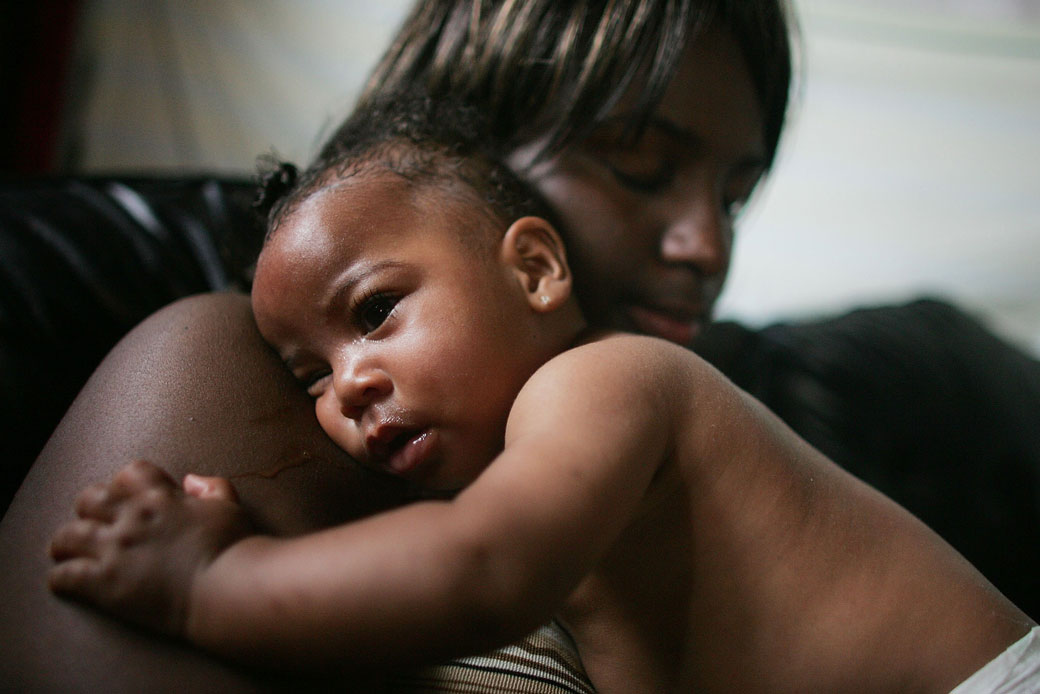By Lisa Rapaport
December 14, 2022
Some of these outcomes were also more common for women from other racial and ethnic groups than for white mothers.
For example, Hispanic women had more than three times the risk of infant death within four weeks of delivery.
People of South Asian and East Asian descent were 61 percent more likely to have newborns who were small for their gestational age.
“Our analysis shows that babies of mothers from underserved and underrepresented racial and ethnic groups are more likely to die or face serious complications [and it's] a global phenomenon,” says the senior study author, Shakila Thangaratinam, MD, PhD, the chair of maternal and perinatal health at the University of Birmingham in the England.
“Race and ethnic disparities in perinatal care is not located to one specific country or region, which means that there is a systemic issue across richer countries that needs to be addressed as an international community,” Dr. Thangaratinam adds.
One limitation of the study is that many of the smaller studies included in the analysis used different definitions for certain racial and ethnic groups, making it harder to estimate outcomes for certain women of color, the study team noted.
Another drawback is that researchers lacked data on insurance status and access to healthcare, making it difficult to determine whether the availability of prenatal care or other medical services influenced the outcomes.
Even so, the findings add to a large and growing body of evidence that shows how decades of declining newborn mortality rates mask stark racial and ethnic disparities in outcomes.
-
Tags
#Human

